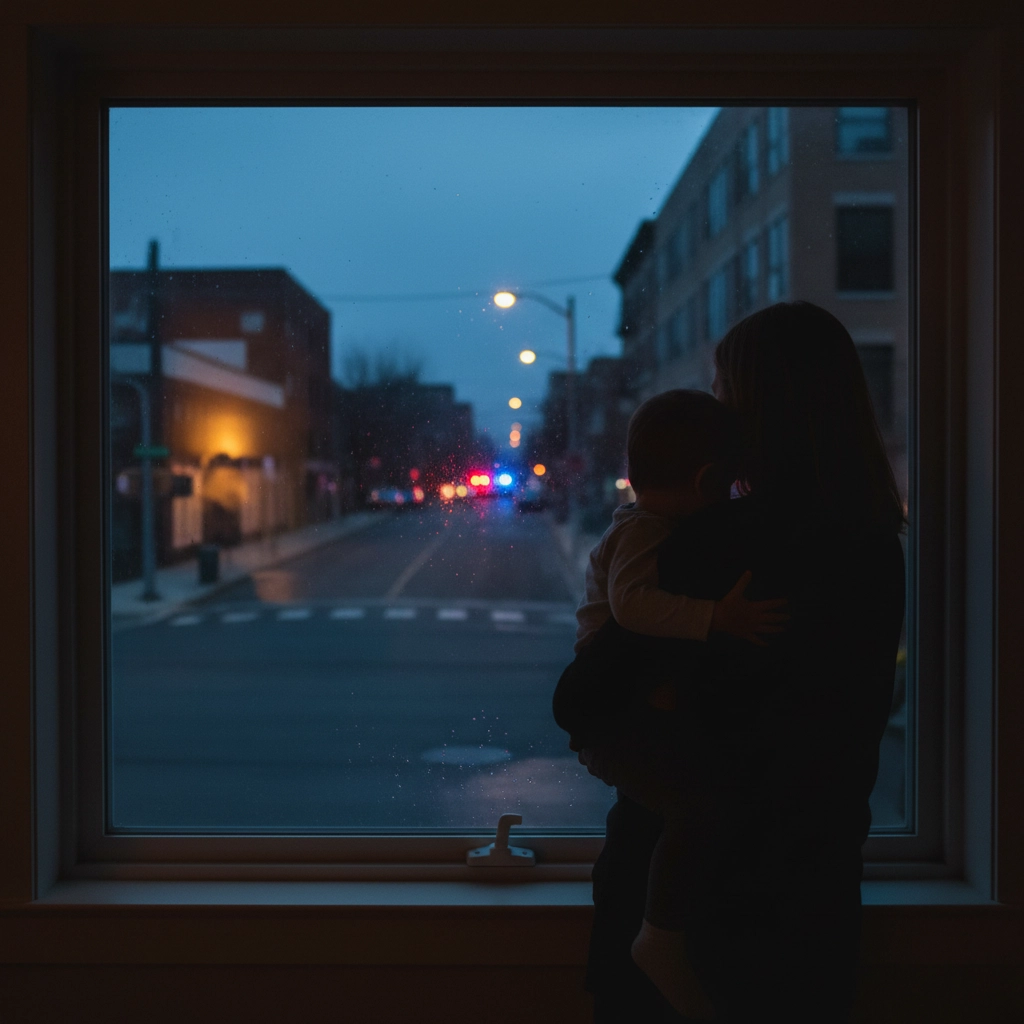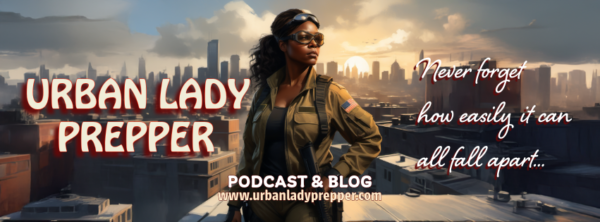
Let me be real with you for a minute. I’ve spent countless hours researching emergency preparedness, and one thing keeps coming up in prepping circles: the assumption that everyone can just grab their bug-out bag and hit the road when SHTF. But here’s what most survival experts don’t talk about: bugging out as a woman, especially with kids, comes with a whole different set of risks and challenges.
I’m not trying to scare you, but I am going to give you the straight truth about why staying put might be your safest bet, and how to plan an escape route that actually works for real women in real situations.
The Reality of Being a Woman in Crisis

When I think about grabbing my go-bag and heading into the unknown, my first thought isn’t about wilderness survival skills, it’s about safety. And not just from natural disasters or civil unrest, but from the people who might see a woman traveling alone or with children as an easy target.
The hard truth is that women face unique vulnerabilities during emergencies that most bug-out advice completely ignores. We’re physically smaller on average, we’re often responsible for children who can’t defend themselves, and unfortunately, some people see crisis situations as opportunities to prey on the vulnerable.
Think about it: when was the last time you felt completely safe walking alone at night? Now imagine doing that while carrying everything you own, possibly with scared children in tow, during a time when normal social rules have broken down. It’s a sobering thought.
Why Your Home Might Be Your Best Fortress
Here’s something I learned after years of prepping: your home is already your best-prepared survival location. You know every entrance, every hiding spot, every resource you have available. You’ve (hopefully) already stocked it with food, water, medical supplies, and everything else you need to weather most emergencies.
You Have Control Over Your Environment
At home, you can secure doors and windows, you know which neighbors you can trust, and you have established routines that help keep kids calm during stressful times. You’ve got your own bed, your own bathroom, and familiar surroundings that reduce stress for both you and your children.
Your Resources Are Already There
Unless you’re planning to carry a month’s worth of food and water on your back (spoiler alert: you’re not), bugging in gives you access to your full preparedness supplies. Your water storage, your pantry, your first aid kit, your tools: everything is right there.
Maintaining Normalcy for Kids
If you’ve got little ones like I do, you know how quickly they can meltdown when their routine is disrupted. Keeping them in familiar surroundings, with their own toys and beds, can make the difference between manageable stress and complete chaos.
When You Absolutely Must Leave

That said, there are definitely times when staying isn’t an option. If authorities issue a mandatory evacuation, if your home is directly threatened by fire, flood, or other immediate danger, or if staying puts you in more danger than leaving: then you need to go.
The key is recognizing these situations early and having a plan that accounts for your specific circumstances as a woman and/or mother.
Mandatory Evacuations Are Non-Negotiable
When officials tell you to leave, they’re not suggesting it. They’ve determined that staying poses greater risks than the dangers of evacuating. Don’t try to be a hero: follow evacuation orders.
Immediate Physical Threats
Wildfire bearing down on your neighborhood? Rising floodwaters? Gas leak or chemical spill nearby? These are clear-cut situations where you need to get out fast, regardless of other considerations.
Civil Unrest Targeting Your Area
If violence is specifically targeting your neighborhood or building, staying might put you in the line of fire. This is where your judgment call becomes critical.
Building Your Female-Friendly Escape Plan
Now, let’s talk about how to create an evacuation plan that actually works for women and mothers, not just tactical fantasy scenarios.
Start With Your Vehicle
Your car is your best bug-out option, period. It provides protection, storage space, and speed that you simply can’t get on foot. Keep your gas tank at least half full at all times, and have a basic car emergency kit that stays in your vehicle.
If you don’t have a car, identify multiple people in your network who do, and have backup transportation arrangements. If you need to use public transportation, make sure you have current schedules and to stay on top of any changes to it due to an emergency. This isn’t the time to be proud: make those connections now.
Pack Smart, Not Heavy
Forget those 70-pound bug-out bags you see online. As a woman, especially with kids, you need to be realistic about what you can actually carry. Focus on:
- Important documents in a waterproof container
- Medications for everyone
- Three days of food and water per person (use water and protein in packets)
- Plastic utensils
- Weather-appropriate clothing
- Basic first aid supplies
- Cash in small bills
- Phone chargers and portable battery
- Comfort items for kids (small toys, stuffed animals)
Plan Multiple Routes

Don’t just have one escape route: have three. Practice driving them at different times of day and in different weather conditions. Know where the gas stations, rest stops, and safe places are along each route.
Safe Destinations Matter More Than Distance
Your bug-out location doesn’t need to be some remote cabin in the woods. It can be a friend’s house in the next town, a hotel in a safer area, or even a designated emergency shelter. What matters is that it’s safer than where you are now.
Communication Is Critical
Make sure multiple people know your evacuation plans. Share your intended routes and destinations with trusted family members or friends who live outside your immediate area. Establish check-in times and methods.
Special Considerations for Solo Women
If you’re single, whether by choice or circumstance, your evacuation planning needs some extra thought.
Build Your Network Before You Need It
Connect with neighbors, friends, and family members who can be part of your emergency support system. This might mean joining neighborhood watch groups, getting to know your neighbors better, or maintaining strong relationships with family members who live nearby.
Consider Group Evacuation
Plan to evacuate with other families if possible. There’s safety in numbers, and traveling with others provides both security and mutual support. Just make sure everyone in your group is clear on the plan and their responsibilities.
Trust Your Instincts
If something feels off during an evacuation: whether it’s a person offering help, a route that seems unsafe, or a destination that doesn’t feel right: trust your gut. You have permission to change plans mid-stream if your safety instincts are telling you to do so.
Making the Right Call When It Counts
The bottom line is this: bugging in is usually safer for women and families, but you need to be prepared to evacuate when the situation calls for it. The key is having realistic plans that account for your actual capabilities, resources, and circumstances.
Don’t let anyone shame you for choosing to stay when it’s the safer option. Don’t let anyone push you to leave if your gut says staying is better. You know your situation better than anyone else.
Your safety and the safety of your family come first, always. Trust yourself to make the right call when the time comes.
Ready to take your preparedness to the next level? Check out my next podcast episode November 9th, where I dive deeper into family emergency planning, and don’t forget to sign up for my newsletter for more practical prepping advice designed specifically for urban women like us.
Thanks for reading! If this article has provided helpful information to you, please consider a tip to help support my work. Just scan the QR code or click the link. I appreciate you! —->



